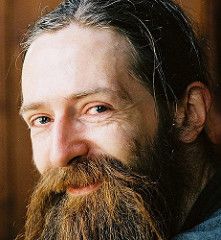Dec 7, 2010
Rethinking Education to Build Better Learners — Naveen Jain
Posted by Naveen Jain in categories: education, neuroscience
My generation was the last one to learn to use a slide rule in school. Today that skill is totally obsolete. So is the ability to identify the Soviet Socialist Republics on a map, the ability to write an operation in FORTAN, or how to drive a car with a standard transmission.
We live in a world of instant access to information and where technology is making exponential advances in synthetic biology, nanotechnology, genetics, robotics, neuroscience and artificial intelligence. In this world, we should not be focused on improving the classrooms but should be devoting resources to improving the brains that the students bring to that classroom.
To prepare students for this high-velocity, high-technology world the most valuable skill we can teach them is to be better learners so they can leap from one technological wave to the next. That means education should not be about modifying the core curricula of our schools but should be about building better learners by enhancing each student’s neural capacities and motivation for life-long learning.
Less than two decades ago this concept would have been inconceivable. We used to think that brain anatomy (and hence learning capacity) was fixed at birth. But recent breakthroughs in the neuroscience of learning have demonstrated that this view is fundamentally wrong.
Continue reading “Rethinking Education to Build Better Learners — Naveen Jain” »

 The summer 2010 “
The summer 2010 “ Also speaking at the H+ Summit @ Harvard is
Also speaking at the H+ Summit @ Harvard is 






